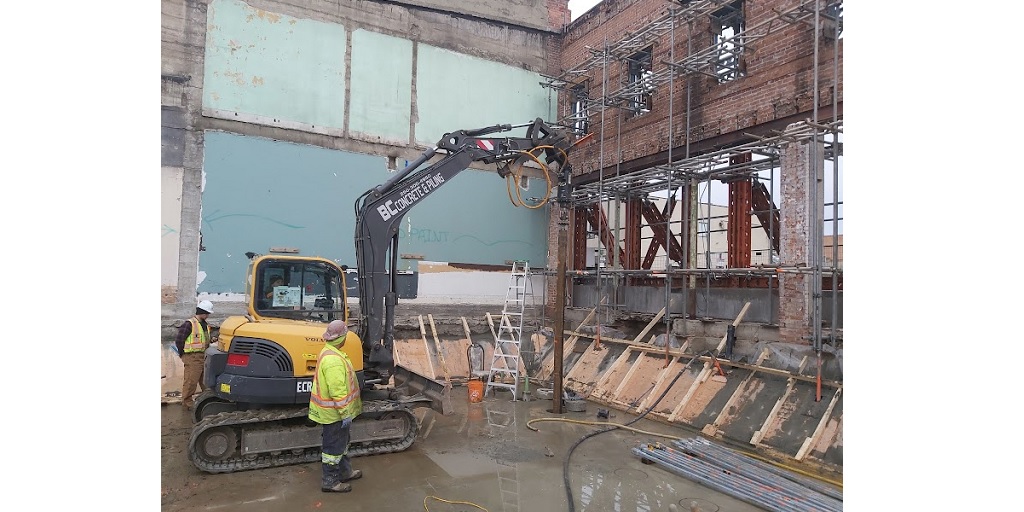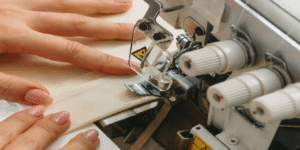
When it comes to constructing reliable foundations, engineers and builders often find themselves choosing between two popular options: screw piles and driven piles. Both methods have their strengths, and selecting the right one depends on various factors such as soil conditions, load-bearing requirements, and project timelines. In this article, we’ll explore the differences between screw piles and driven piles, with a focus on the equipment involved, particularly the helical pile driver, and the advantages of each option.
Understanding Screw Piles
Screw piles, also known as helical piles, are a versatile foundation solution that involves the use of steel shafts with helices (spiral blades) attached to them. These helices help the pile screw into the ground, providing strong anchorage. One of the key pieces of equipment used in this process is the helical pile driver, which is designed to rotate the pile into place with precision and control.
The installation of screw piles is generally quicker and less disruptive compared to other methods, as it doesn’t require extensive excavation or heavy hammering. Additionally, the flexibility of screw piles makes them suitable for a variety of applications, from residential buildings to large commercial projects. Another advantage is their adaptability to different soil types, which makes them ideal for sites with difficult ground conditions. The use of a helical pile driver ensures that the piles are installed accurately, minimizing the risk of errors and ensuring a long-lasting foundation.
Driven Piles: A Traditional Approach
Driven piles, on the other hand, are a more traditional method of foundation building. These piles are long steel, concrete, or timber columns that are hammered deep into the ground using a pile driver, relying on friction and end-bearing capacity for stability. Unlike screw piles, driven piles require heavy machinery and create significant vibrations, which can be a concern in certain environments, particularly urban areas or sites near existing structures.
Driven piles are highly effective for large-scale projects requiring substantial load-bearing capacity, such as bridges, high-rise buildings, and industrial facilities. However, their installation is generally more time-consuming and disruptive due to the force needed to drive the piles into the ground.
Key Differences and Considerations
One of the primary distinctions between screw piles and driven piles is the installation process. Screw piles, installed using a helical pile driver, are screwed into place without disturbing the surrounding soil. This method generates less noise and vibration, making it ideal for sites where minimizing disturbance is a priority. In contrast, driven piles are hammered into the ground, often causing more disruption and potentially impacting nearby structures or ecosystems.
Another significant difference is the adaptability of screw piles in a wider range of soil conditions. The helices on screw piles allow them to anchor securely in loose or soft soils, while driven piles may require stronger, more stable ground to achieve the same level of support.
Cost is another factor to consider. The installation of screw piles tends to be faster and more cost-efficient, particularly for smaller projects. On the other hand, driven piles are typically more expensive due to the heavy machinery and time-intensive labor required.
Choosing the Right Solution
Ultimately, the choice between screw piles and driven piles will depend on the specific needs of the project. For smaller to medium-sized projects, particularly those in urban or sensitive areas, screw piles installed with a helical pile driver offer a less invasive and more adaptable solution. Their ability to be quickly installed without extensive preparation makes them a practical option for many construction sites.
Driven piles, however, remain a strong choice for large-scale projects that require maximum load-bearing capacity and where ground disturbance is not a significant concern.
Both options have their place in the construction industry, and understanding the benefits of each will help ensure that your project is built on a foundation that’s both reliable and long-lasting.


